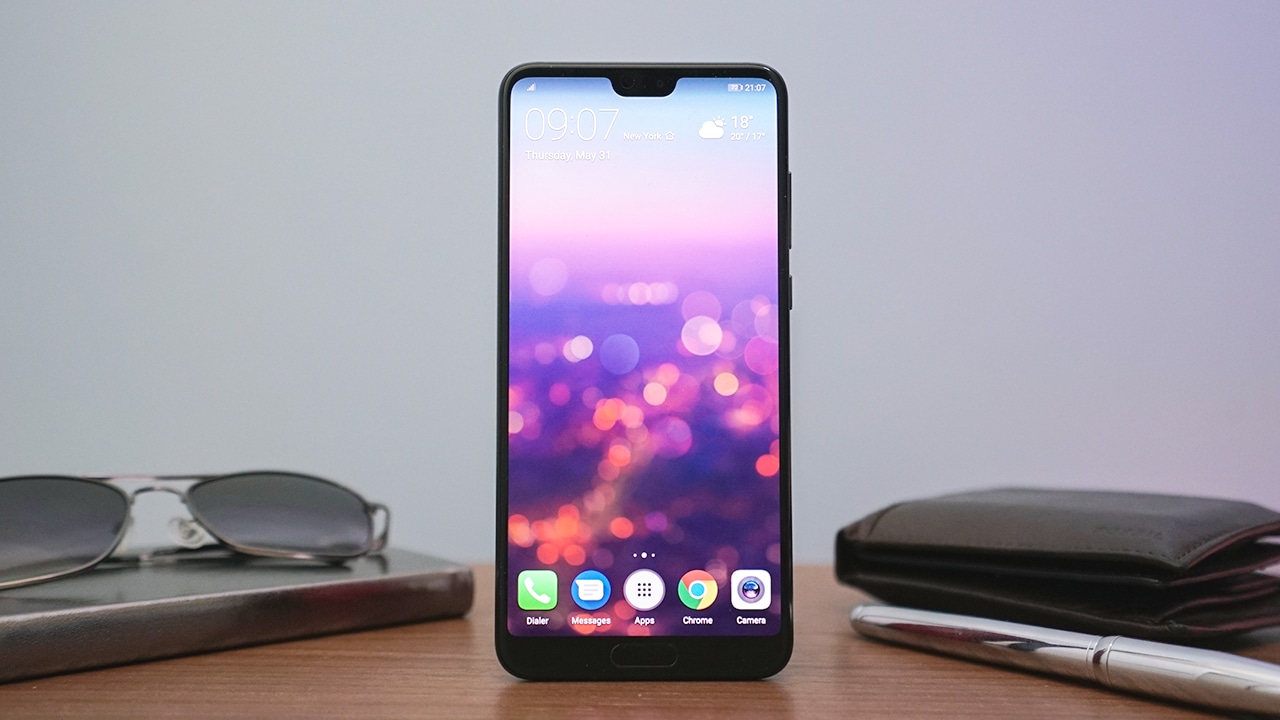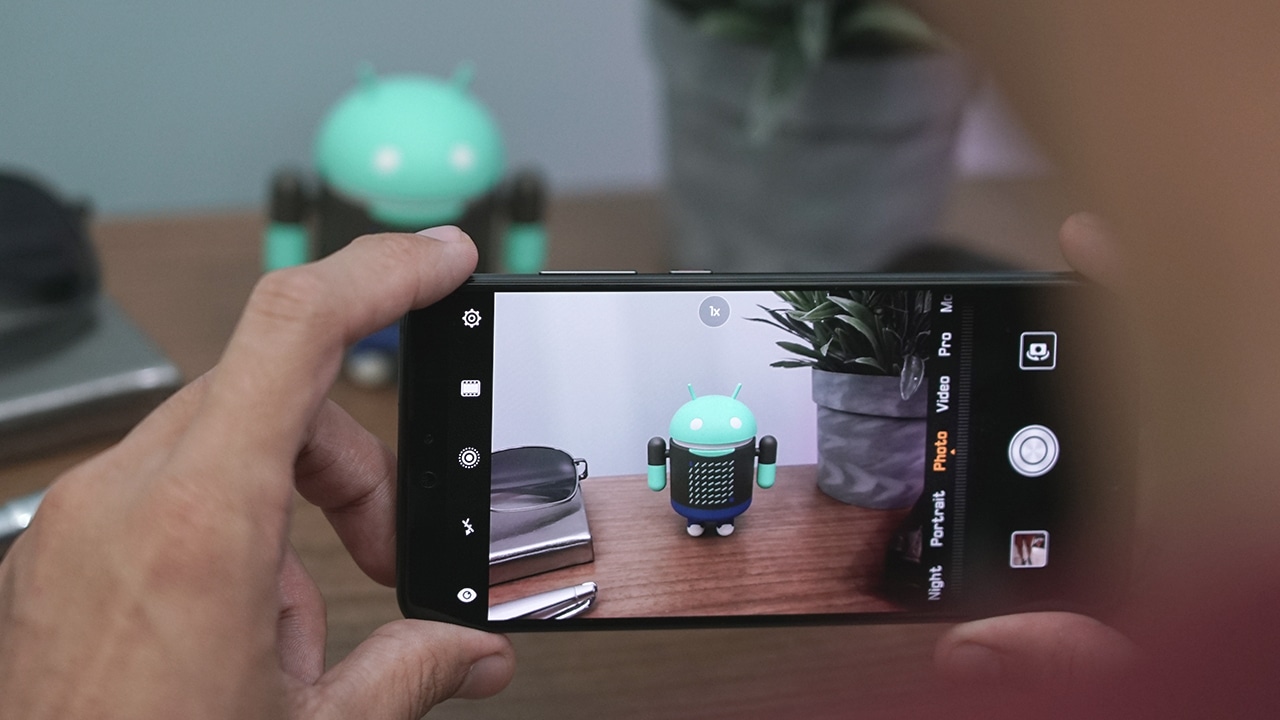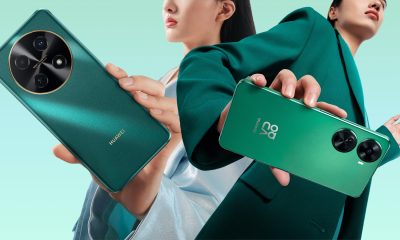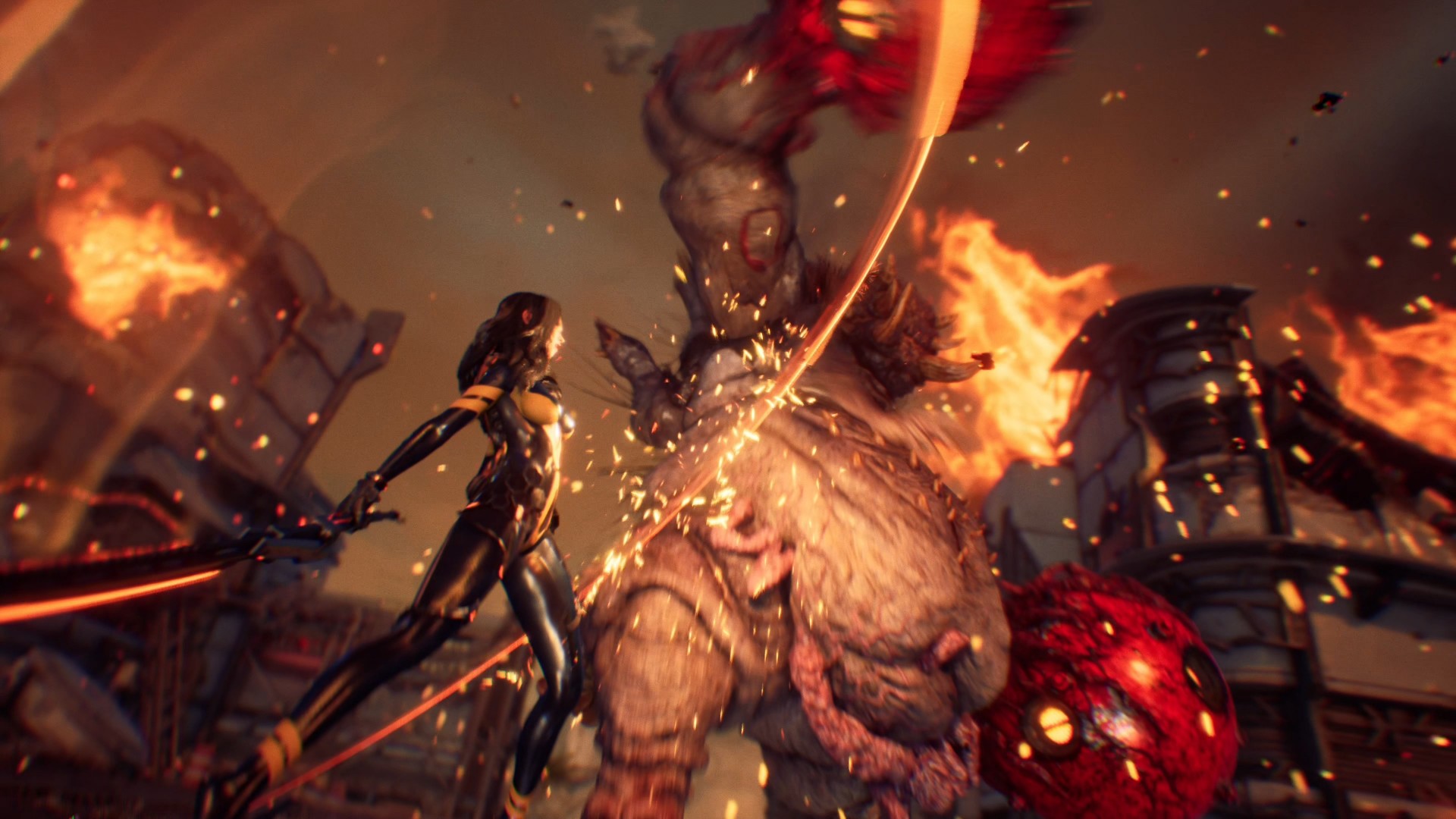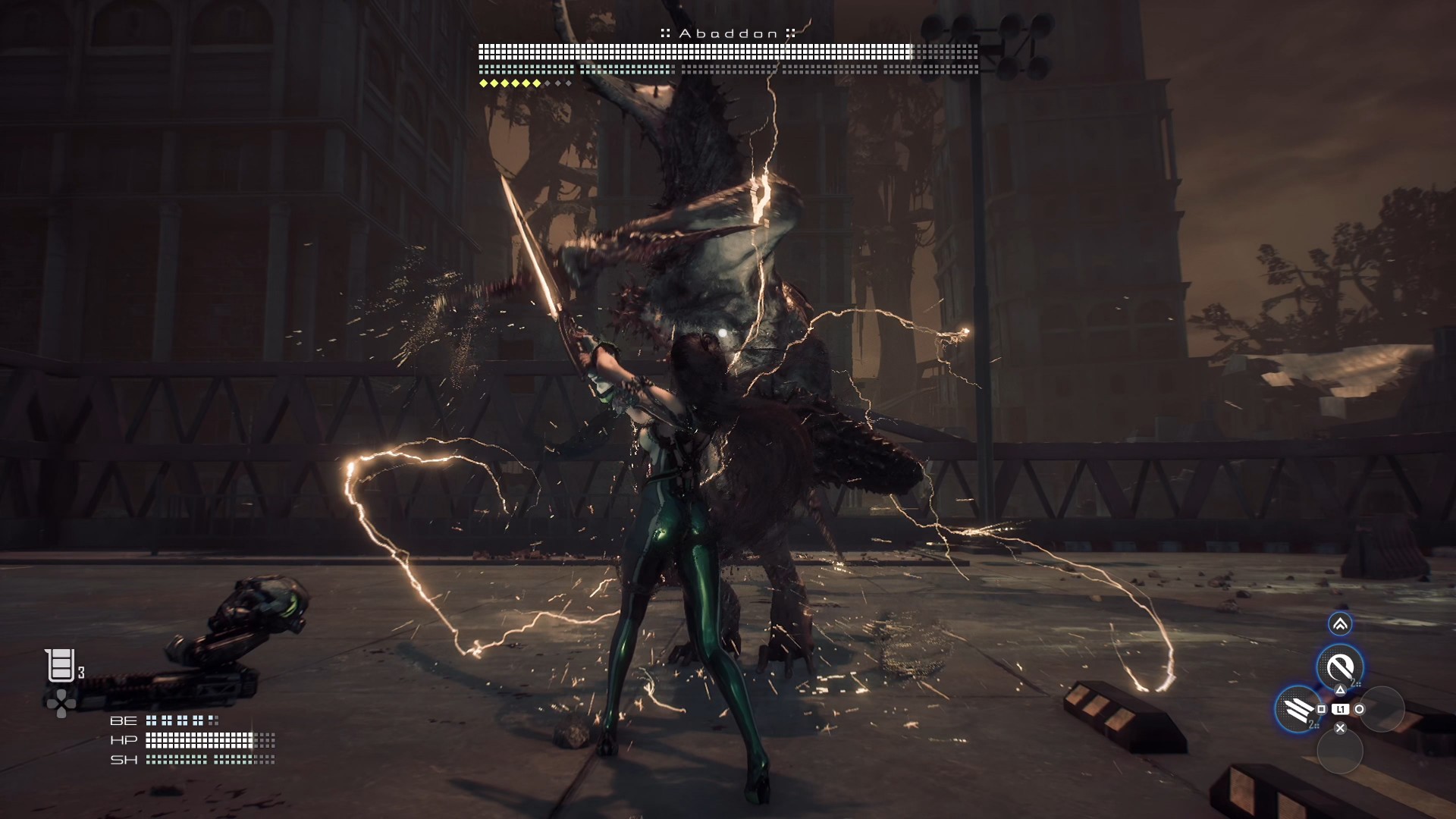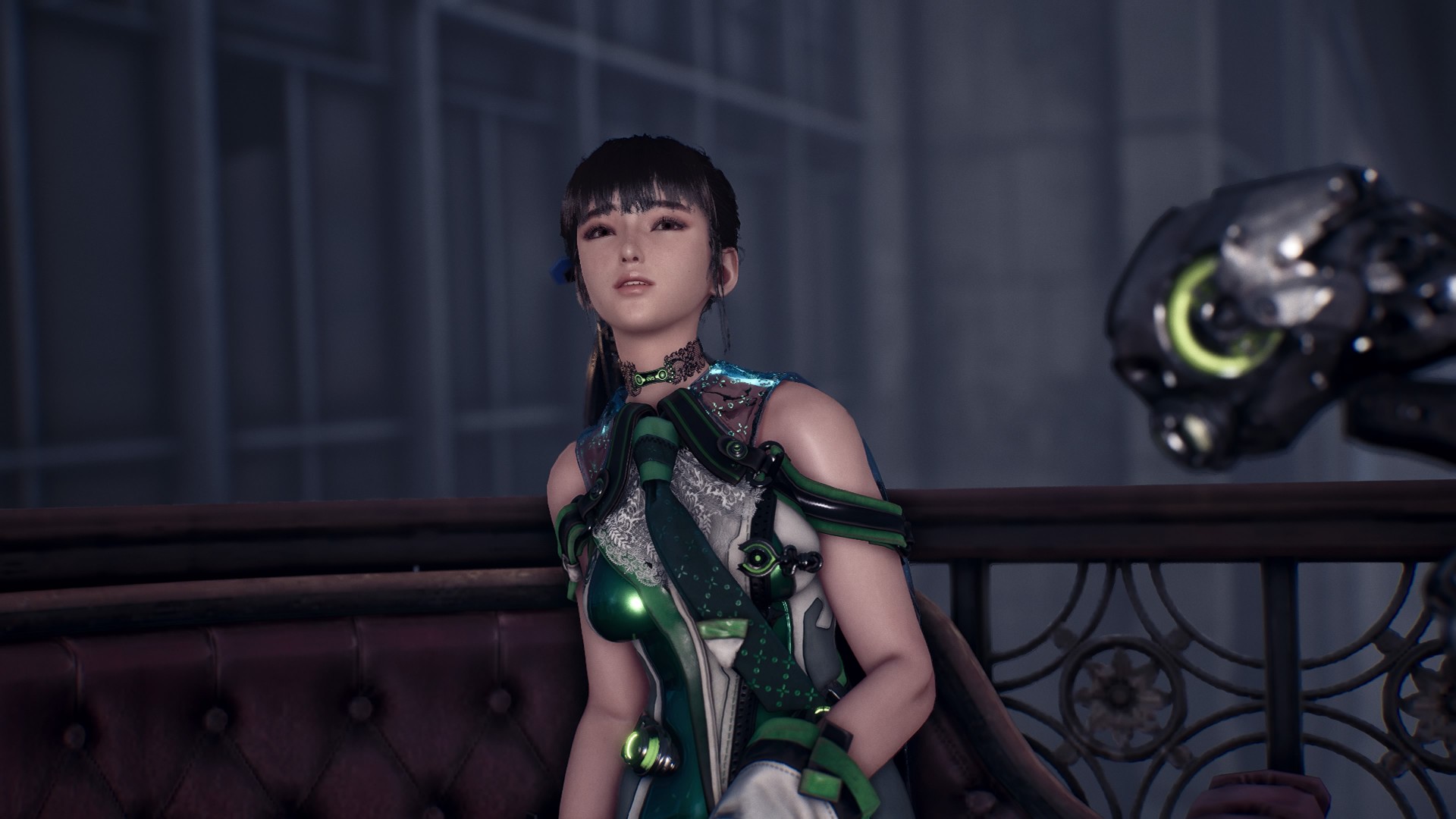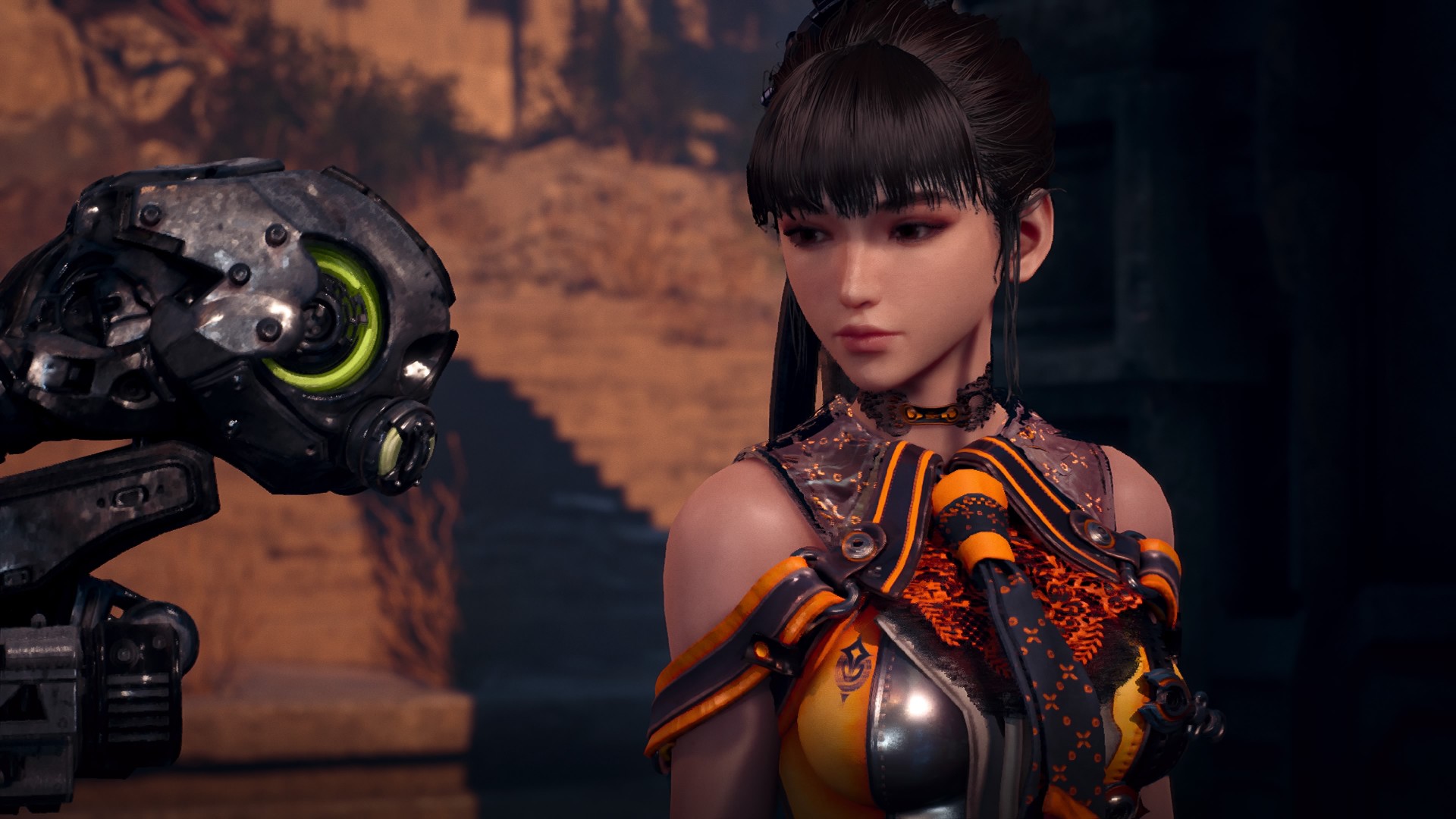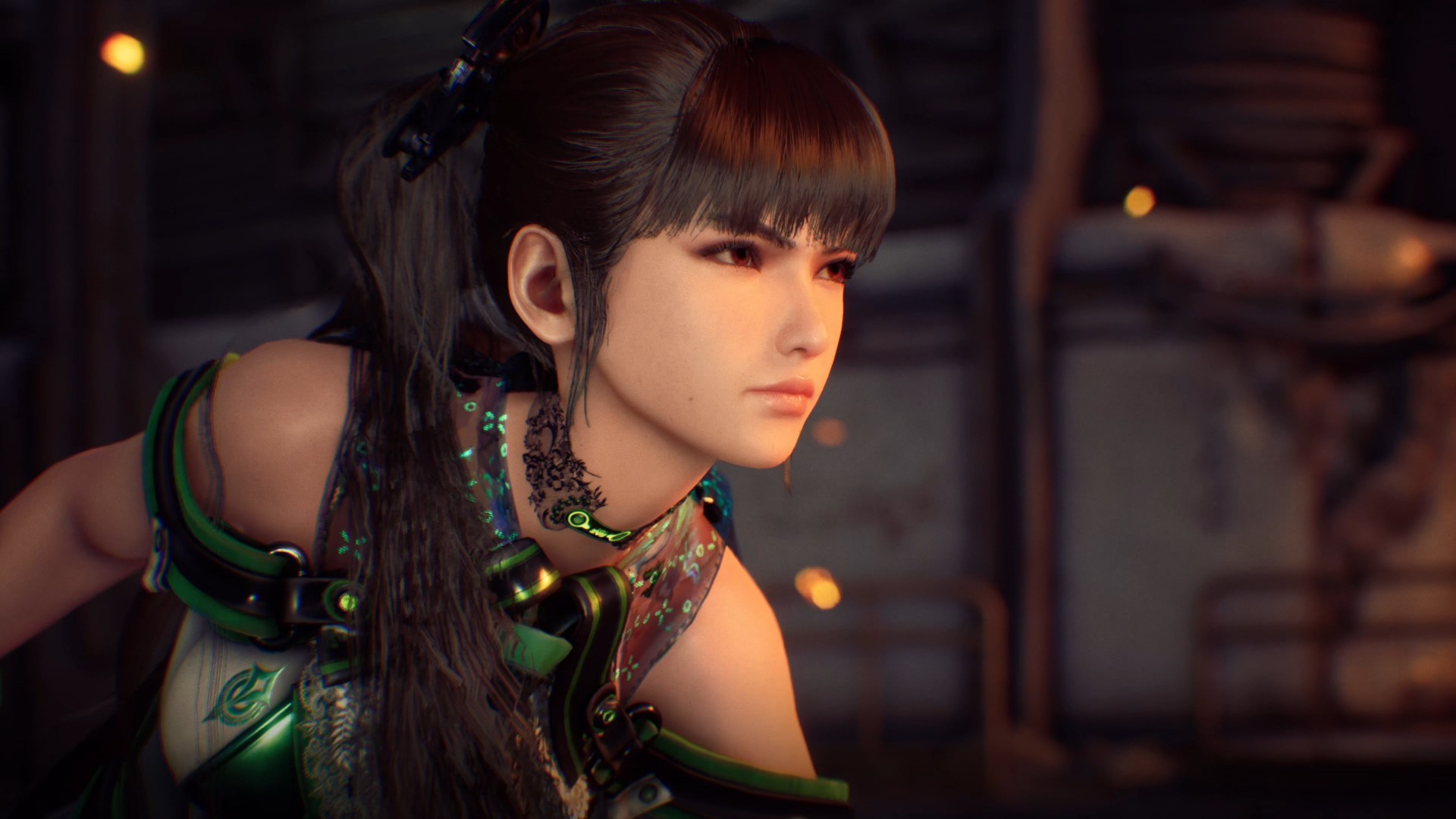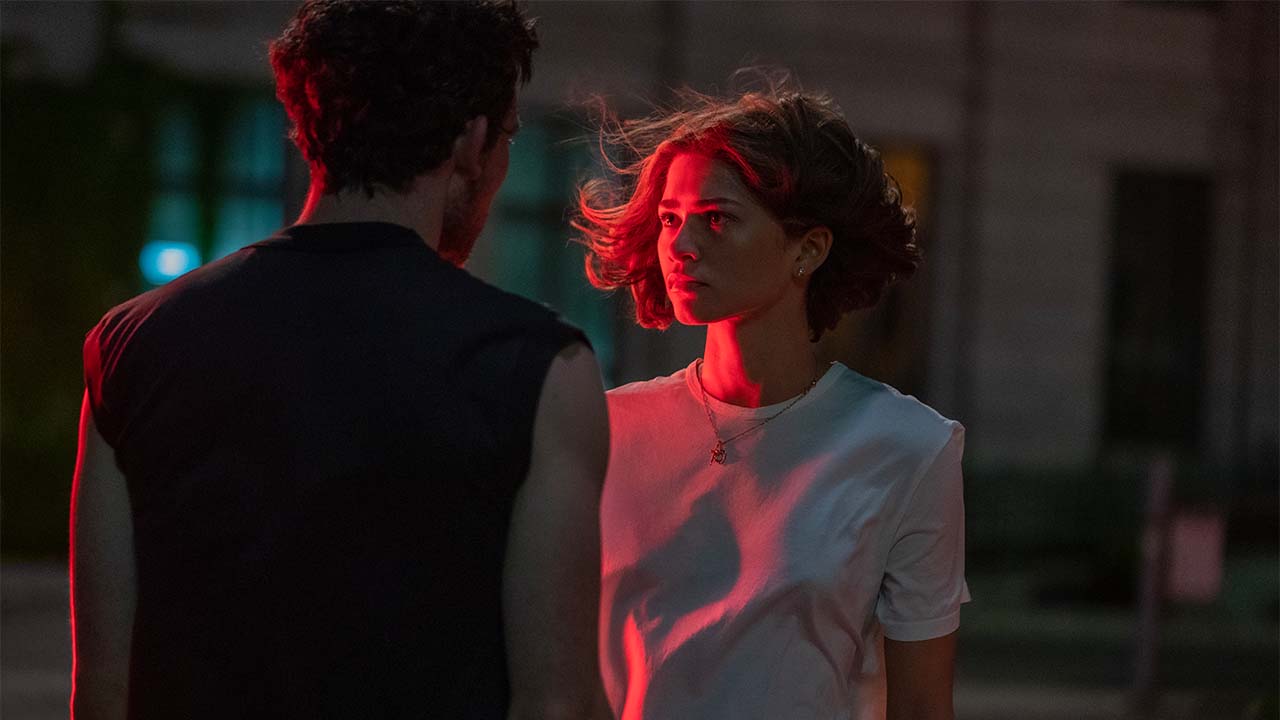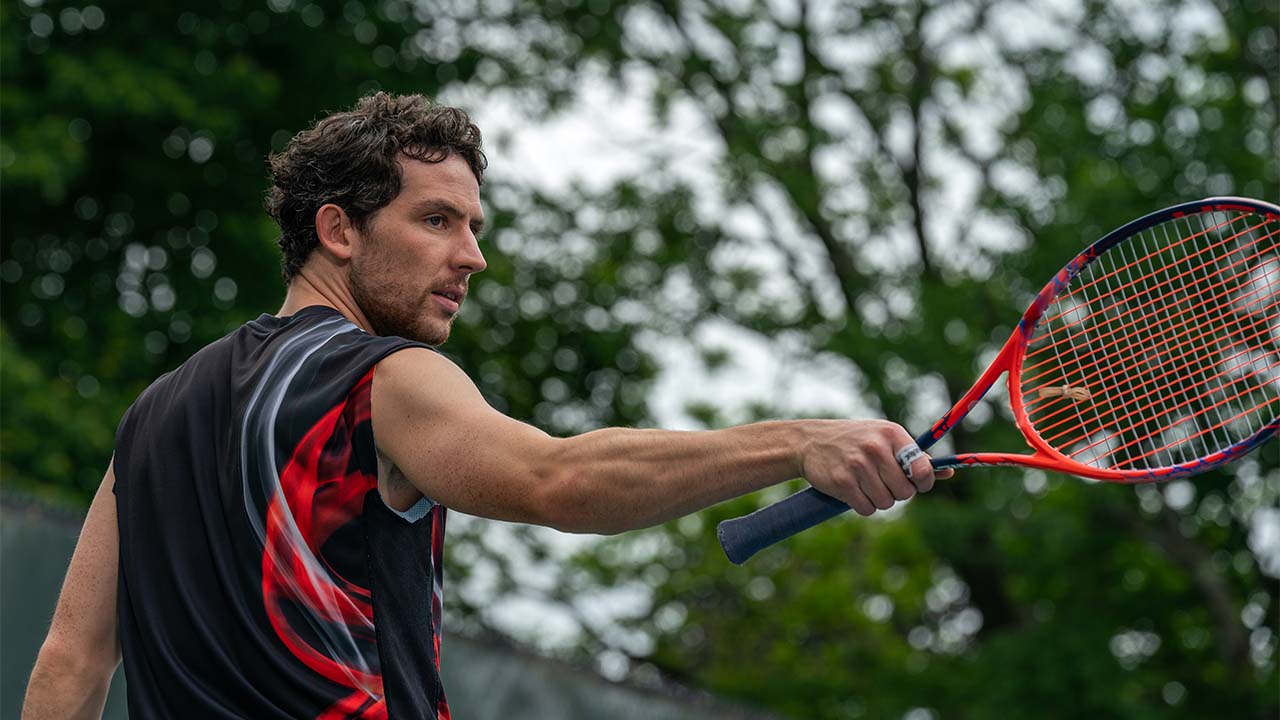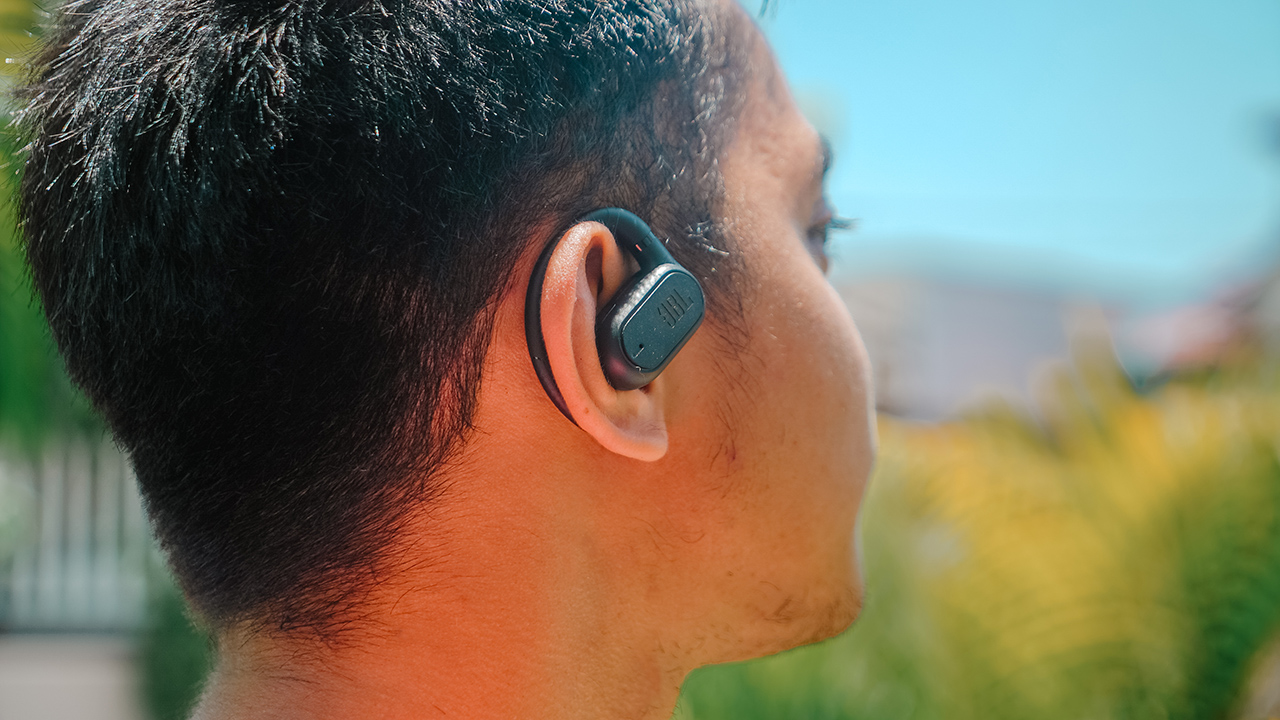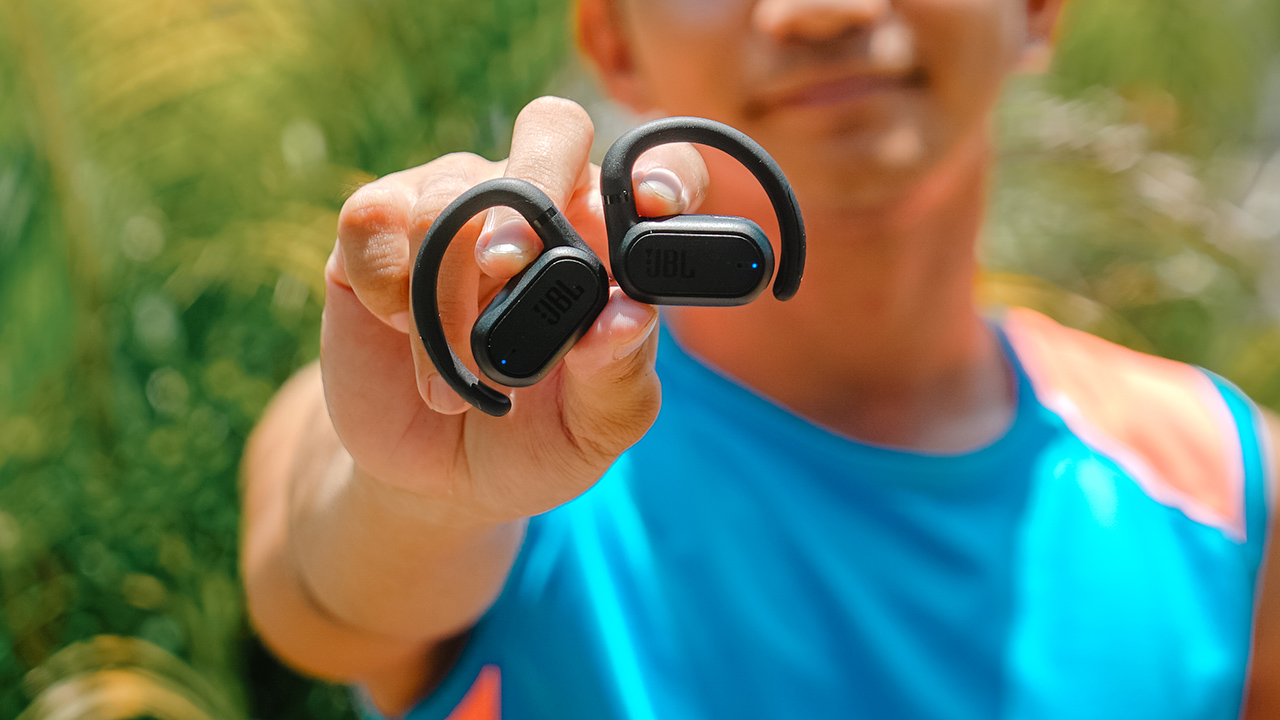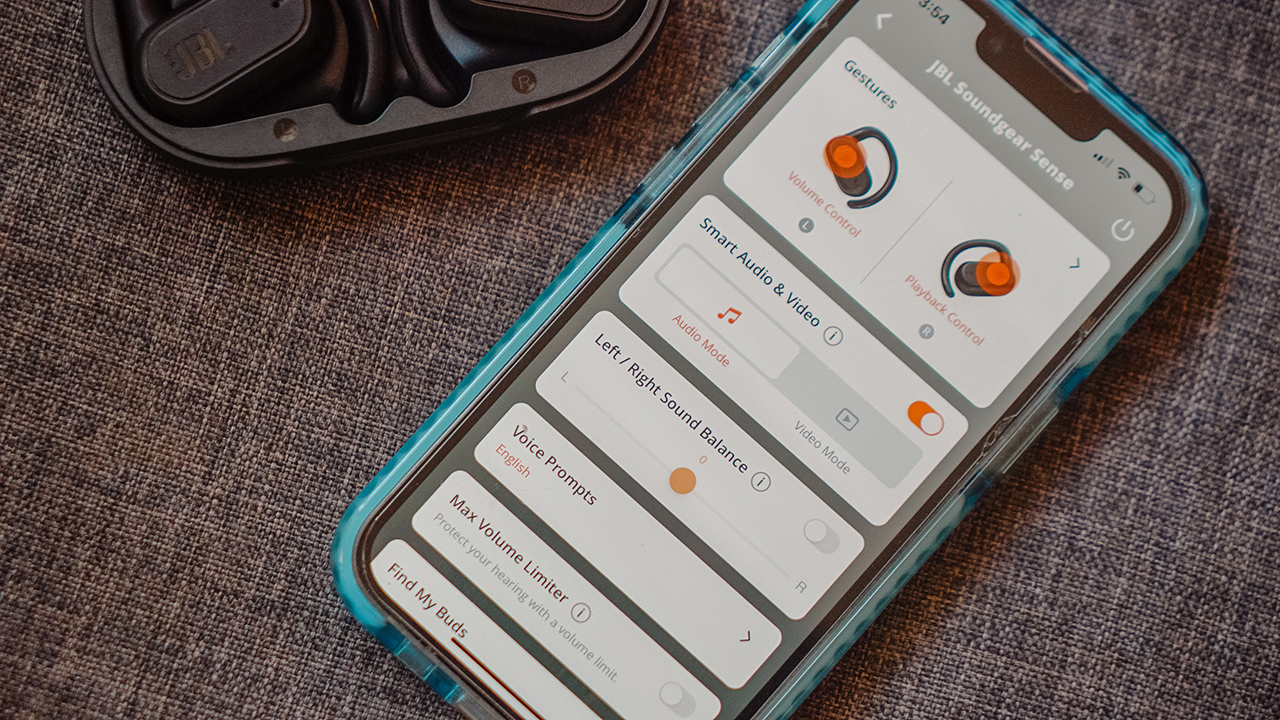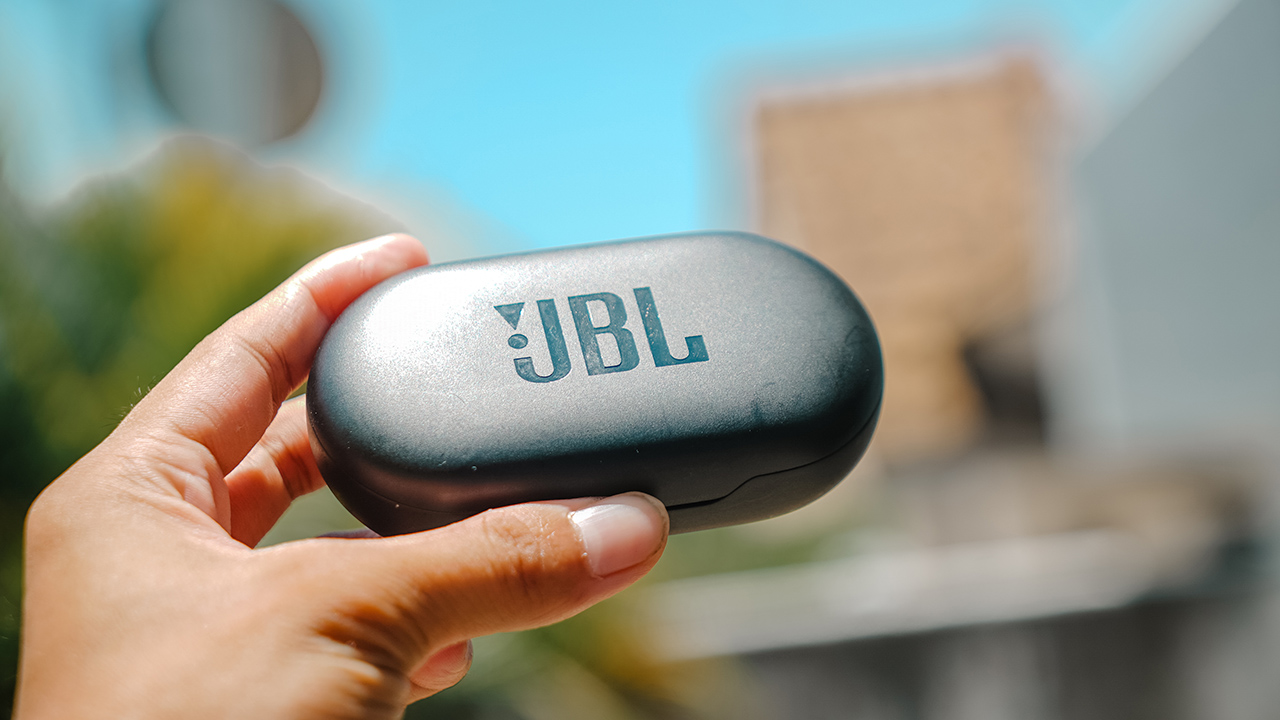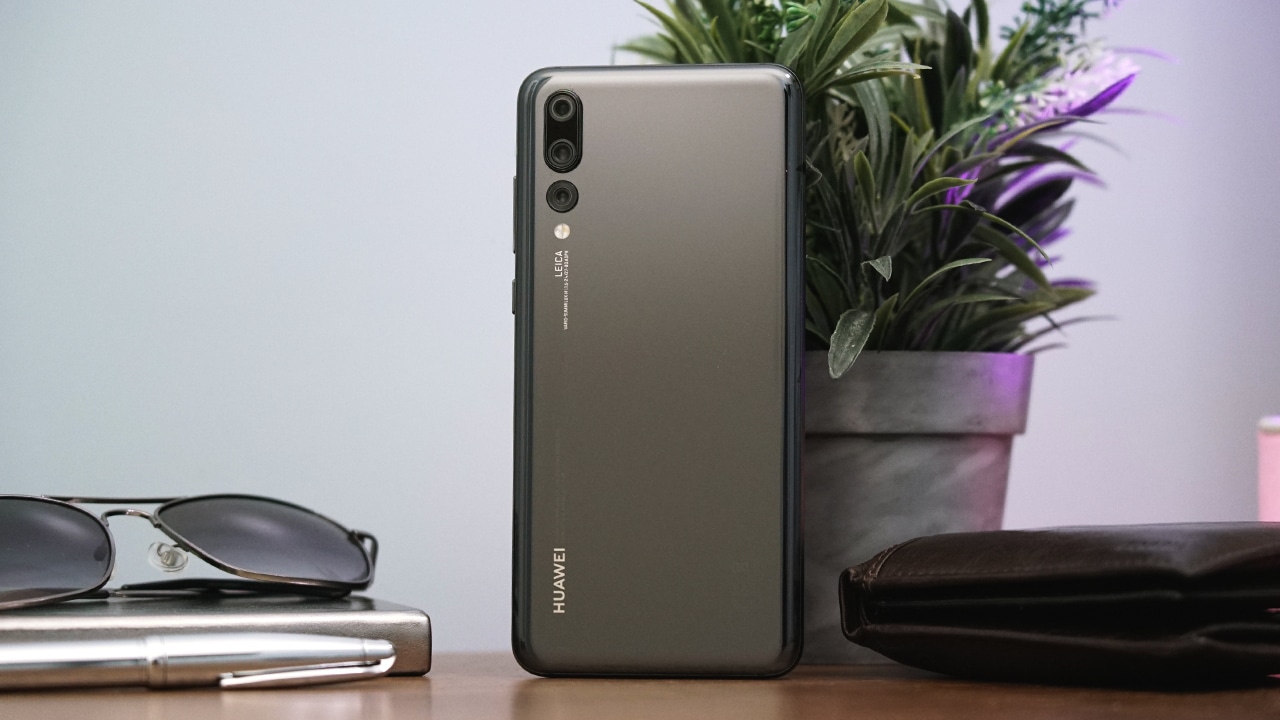
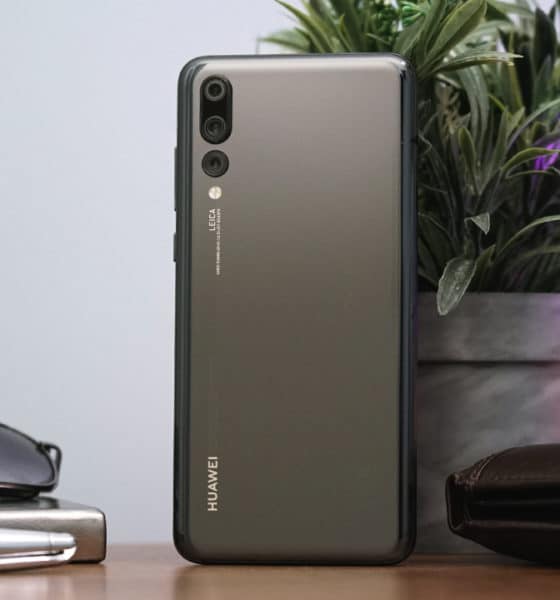
I’ll be honest: New smartphone releases don’t excite me the way they used to. As much as I enjoyed using the Mi Mix 2S and Galaxy S9 as my daily drivers for most of early 2018, they’re practically the same as their predecessors.
It takes something special to win me over. The massive gold-trimmed Mi Mix did that for me in 2016, and so did the notch-pioneering Essential Phone last year (once its price dropped, of course). But let’s be real: Neither of these phones had decent cameras. As pretty as they were to look at, in no way could they replace my mirrorless camera on trips.
Now, I don’t want to sound like a Huawei bandwagoner, but the P20 Pro has been doing it all for me, and I’m not just talking about the fantastic cameras. Having spent significant time with both the Pro and non-Pro versions, they’ve been my go-to phones midway this year.
P20 Pro versus P20 (not) Pro
Before having the privilege of using the P20 Pro as my current daily driver, I had the regular P20 in my pocket. While this may have been for OOTD purposes, it became the basis for my experience with the Pro, and a reference to Huawei’s current-generation capabilities.
Isa already wrote her comprehensive thoughts on the P20, which largely reflect how I feel about the non-Pro model. It’s sized just right for hands both big and small; the cameras are above the competition (in most cases); and its color options are simply gorgeous in person.
The P20 Pro is all that and a little more. Since it’s larger, there’s more screen real estate from its 6.1-inch 1080p OLED display and it houses a more generous 4000mAh battery — both of which are much-appreciated upgrades for power users.
Other differences aren’t as significant, like the stereo speakers and stronger waterproofing on the Pro model, but are again features that add value to the more expensive variant. Are these enough to justify the added premium? Not really, yet we haven’t touched on the main reason for buying a P20 Pro: the Leica-infused triple-camera setup on the back.
The mooore, the merrier
There are a total of four cameras on the P20 Pro, three of which are on the rear. They are: a 20-megapixel monochrome camera, an 8-megapixel sensor for additional zoom, and a primary shooter with 40 megapixels at its disposal. What does this all mean? The best imaging capabilities on a smartphone by a long shot.
People (us included) have become skeptical of DxOMark’s ratings and how they affect potential users’ perception of the best camera-phones, but there’s some truth in the soul-crushing dominance the P20 Pro experiences at the very top of their mobile chart.
Although it’s a given that every smartphone generation delivers a decent upgrade in image quality each year, none have dotted their exclamation point as much as Huawei has. It’s already been three whole months since the P20 Pro was unveiled, and no newer handset till now has even come close to dethroning its cameras’ performance.
I’ve already taken the P20 Pro across the world and used it to document my trips. I rarely say this, but this phone can definitely replace my consumer-grade mirrorless camera. Like the cameras, there are three things they specialize in, namely incredible image quality, unmatched zooming abilities, and nighttime photography like no other.
You can find a bunch of samples in my New York travel piece, along with a few more from my recent trip to Taipei right here:
Whether I’m taking shots at night or under broad daylight, with or without color, the P20 Pro absolutely delivers. I can’t count how many times I’ve been amazed by the results and thankful that I left my dedicated camera at home.
Even the zoom comes in handy when I’m traveling or shooting at an event. With a dedicated lens for this purpose, the P20 Pro can optically zoom up to three times. What’s even more impressive, however, is the image quality at 10X zoom.
1x, 3x, 5x, and 10x zoom on the #Huawei #P20Pro #SeeMooore @HuaweiMobile pic.twitter.com/hGgJOILnOa
— Marvin Velasco (@labacnotan) June 8, 2018
Using a mix of optical and digital zoom (and some advanced software tricks), photos shot at the maximum length turn out usable, which is something I can’t say for the majority of cameras out there.
While the 24-megapixel front camera seems like another recipe for success, it doesn’t hit the same high notes. Not that it’s bad by any means — and trust me, I’ve had worse — but selfies simply don’t match up to anything the main cameras produce.
This can be considered the weakest aspect of the P20 Pro’s shooters. It takes steady hands to produce sharp images, and the sensor seems to struggle a bit with groups (something Isa pointed out, as well).
It seems to me like Huawei marketed the rear cameras so strongly in order to make people ignore the weakness of the selfie cam. It’s a shame, but this leaves some room for improvements in the next flagship. Last year’s Mate 10 Pro proved that Huawei knows how to polish its selfies.
Downsides? There are a couple.
For one, I find the Master AI feature, which chooses the best mode for you using artificial intelligence, cumbersome to use. Although it gets the settings right most of the time, it adds a few seconds to the process, and there will be instances wherein it’ll experiment on its own, leaving you forced to watch it switch from one mode to another.
I simply leave this feature turned off and do the scene selection on my own. Need a good nighttime pic? I simply go to night mode and take a four-second handheld exposure. Want to blur the background behind my subject? I’m already in portrait mode. Artsy-fartsy time? There’s monochrome mode for that.
On the other hand, video mode isn’t that great. Even though Huawei managed to improve the stability and clarity of videos, they missed a golden opportunity to massacre the competition outside of just photography.
If you try the super-slow-mo mode, you’ll see how unrefined it is compared to what the likes of Sony and Samsung have done. Yes, it shoots HD videos at 960 frames per second too, but it’s nowhere near as fun or as intuitive to use.
It does almost everything else
Of course, this is first and foremost a smartphone, and we can’t sell it solely on its shooters. But even if the cameras weren’t this good, the P20 Pro stands as one of the most impressive handsets of 2018 thus far.
Give me a moment to be a little technical:
Its Kirin 970 processor, though a bit behind in terms of raw power compared to this generation’s chips, is still a beast for everyday tasks and playing the latest mobile games; the generous battery is more than enough to power through a day of heavy usage with mobile data or Wi-Fi constantly on; and the OLED display, while not the brightest or sharpest out there, has been serving me well.
So, what’s there to consider three months later? Does it truly get better with age?
To get a pure feel of the P20 Pro, I decided to not use a case or any form of protection for it. Fortunately for me, its glass and metal body held up well. It doesn’t pick up scratches easily and the frame of my black variant has a matte finish, providing more grip than I’m used to on slippery glass phones.
And even if the rear cameras protrude a great deal, they don’t show signs of wear and tear after all this time. Their placement is annoying, however; the phone wobbles with every press on the screen while laid flat on a table.
Another constant gripe is Huawei’s uncertainty about going truly wireless or not. As you may already know, there’s no audio port for your headphones, forcing you to use an adapter or wireless earphones. Nothing we can do about that since that’s the direction all brands are heading toward, but having no wireless charging despite there being a compatible glass back seems counter-intuitive.
On the bright side, charging to full takes less than two hours, but that’s if you use the bundled SuperCharge adapter. It’s a proprietary standard, meaning you won’t be able to get SuperCharge speeds with chargers from non-Huawei phones.
The phone will simply indicate “fast charging” when using other adapters and slow down the top-up considerably. As someone who brings multiple devices with me at a time, it bums me to carry a dedicated charger just for the P20 Pro.
Software-wise, EMUI has grown on me. Despite feeling like it’s based on an older version of Android and not the Oreo it’s actually running on, I appreciate the fluidity of the animations and convenience of the quick settings. After uninstalling all the bloatware upon setting the phone up, everything has been fine and dandy since.
I can’t say for certain if it truly got faster the more I used it — Huawei’s machine learning tech is supposed to kick in for this — but the phone does feel as fast as when I first took it out of the box.
And no, the camera notch doesn’t bother me. I’d take it over the mechanical sliding cameras popping up lately.
Is this your GadgetMatch?
Fun fact: I wrote this entire review on a P20 Pro. That’s not saying it can replace a laptop; I simply can’t let go of this phone.
There’s little to dislike about the P20 Pro. The only strong argument I have against it is to save your money by considering the regular P20 instead. It’s significantly cheaper in most markets, and lots of users will appreciate the handier form factor.
But if you do end up with a P20 Pro: Congrats! Smartphone cameras don’t get any better than this, and they happen to be on a mostly complete handset.

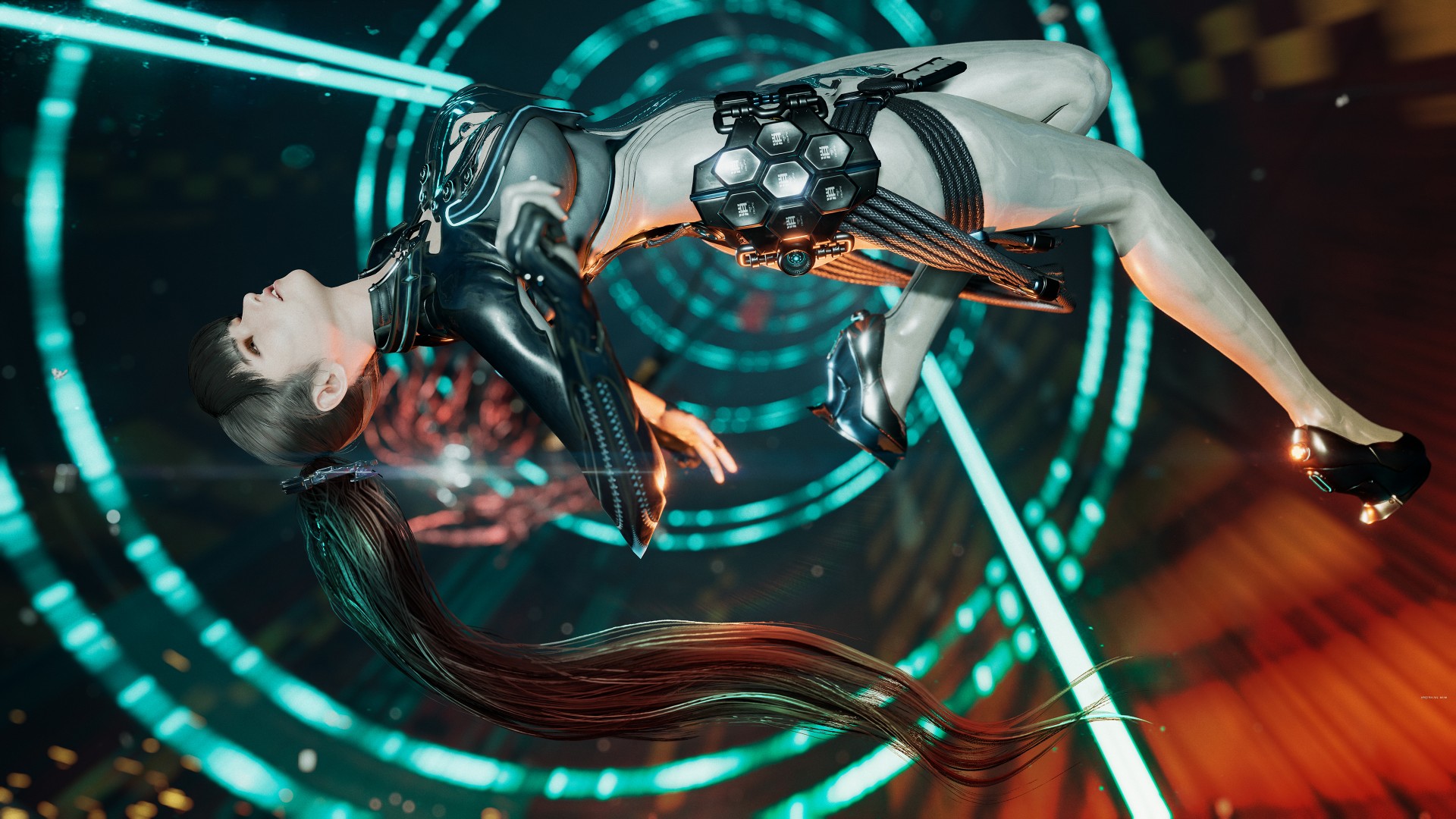
We didn’t have the best impression of Stellar Blade after spending time with the demo. Unlike certain players who poured a full game’s length of hours playing, our reception was lukewarm due to various reasons. But after finally having some time to focus on it, we now have a better understanding of its charm–and that goes beyond character design.
The game’s director has been ever-present in various gaming and tech news websites sharing nuggets about the game and reacting to the many comments made about the proportions of its female characters. That’s a rabbit hole we’re not diving into. Instead, we’re piggy-backing on one of his responses: Just pick up a controller and play it.
Steep combat learning curve
Stellar Blade’s combat didn’t click with us right away. But that’s because we approached it more like a hack-and-slash and not for the precise combo-parry sequence that it demands. A fellow reviewer aptly described our experience: It was a lot more “Soulslike” than we anticipated.
It took a while to get over that hurdle. For one, this writer isn’t particularly fond of Soulslikes. Skill issue. That’s tough considering a big part of this game’s charm is its combat. We can’t say that it fully clicked with us, but it certainly has its moments.
In combat, you have to pay attention not only to your enemy but also to how the protagonist, Eve, acts in different combo animations. If you’re not careful, you might find yourself getting hit during a lull in your combo.
You don’t have to memorize every single combo, although if you could, that’s certainly an advantage. We can compare the practice to memorizing combos of characters in Tekken, although at a milder rate.
Parrying is tricky but that’s not the only way to counter your enemies. One of the first skills you unlock is one that lets you get behind your enemy after they unleash a fatal attack (cued in with blue indicators) and hit back with your own counter. The animation looks so good that you’ll feel like an absolute badass every time you do it. It’s one of the moves that never got old throughout the entire playthrough.
As you progress through the game you’ll unlock ranged weapons that will expand your combat capabilities further. Hard combat enthusiasts should have a field day.
For more casual players, there’s no shame in switching to Story Mode which is what we did for about 70% of the playthrough. It’s easier, sure. But it can still present challenges especially during certain encounters.
The boss battles are TOUGH
We’re going to chalk this up again to skill, and perhaps patience, issue. But Stellar Blade’s boss battles are incredibly tough. Not to the point that you’ll want to throw your DualSense controller though.
What can make it frustrating is that the patterns of the enemies, especially the earlier bosses and mini-bosses, are easy to track. But they’re not exactly easy to deal with.
Parrying becomes an even more critical skill in these encounters. It’s one of the reasons why we opted to slide down the difficulty. Otherwise, this writer will never finish the game.
Pulling from different games, worlds
We have seen many compare Stellar Blade to the Nier games. Other than the setting, another big contributing factor in that comparison is the soundtrack.
During roaming, exploring, and combat, the music will change from time to time. However, they stick to this theme that’s a little eerie. It’s hard for us to describe but it’s almost like a crescendo that never quite swells up. It matches the game’s world perfectly — it feels hollow and devoid of life but still has a sliver of hope.
Combat isn’t the only thing you’re doing here. While it’s mostly linear at first, Stellar Blade offers a healthy mix of exploration, platforming, and puzzle-solving.
The puzzles don’t get in the way of the pacing. They’re quite engaging and offer a decent level of challenge. Roaming and exploration will yield you loot to improve your gear and stats. Occasionally, a Naytiba (the game’s primary foils) will surprise you for a good jumpscare moment.
Stellar Blade doesn’t reinvent anything nor does it offer anything particularly new or groundbreaking. But everything it borrowed from other games is retrofitted to match the game’s vibe and overall aesthetic. The result is a polished experience of familiar gaming mechanics.
Eve
Another aspect that did not grab us as much during the demo is the main character, Eve. The first hour of the game doesn’t do much to endear the player to her.
That slowly changes as you play through the game. Through a mix of cut scenes and world-building collectibles, you get a better sense of what Eve is, her mission, and ultimately her purpose.
If you’re familiar with the animé Violet Evergarden, Eve and that show’s protagonist share a similar character arc. They initially seem one note and bland, but the layers are peeled back as you learn more about them and how they relate to the world and the people around them.
Is she hot? Hell yeah. But as cliché as it is, she’s certainly more than what meets the eye.
Should you play Stellar Blade?
Unlike the PlayStation 5 exclusive that immediately preceded it, Stellar Blade has plenty in common with past PS5 exclusives — visually captivating, cinematic experiences, with satisfying gameplay.
Its level of challenge is closer to Sekiro and Bloodborne but it’s also not quite as difficult. In the same category but certainly not in the same stratosphere.
It also has an alluring charm that goes beyond its aesthetics. As mentioned earlier, nothing about it is particularly new or groundbreaking. But it’s polished and cohesive. There’s something about the overall feel of the game that draws you in and makes you want to see it through.
Stellar Blade is a Day 1 purchase if you’re up for the challenge. And if you consider the game director’s goal of having a high quality AAA console game from South Korea which is dominated by PC and mobile gaming, we say they did just that. Now, it’s just up to us to pick-up the controller and play.
Reviews
Challengers review: A thrilling drama wrapped as a tennis anime
Catch it in Ayala Cinemas starting April 24th

Tennis is more than just hitting a ball really hard with a racquet. There are player tics, serving techniques, mind games, and, of course, drama off the court. Challengers, starring Zendaya, takes the entire game and turns it into a dramatic thriller worthy of Wimbledon.
In Challengers, Art Donaldson (Mike Faist) is an aging tennis superstar desperate for one more big win. His wife Tashi (Zendaya), a retired tennis star in her own right, does everything to coach Art back to his winning ways. Opposite them is Patrick Zweig, a former-friend-turned-rival, facing Art in the final match of a Challenger.
As premises go, Challengers seemingly presents a straightforward sports drama. It’s a simple one-versus-one, after all. However, the film’s 2-hour-plus runtime hides a more complex drama.
The second-strangest ménage à trois in film
The film starts in media res: the first set of the final match. It doesn’t tell you who Art, Patrick, or Tashi is. It’s just a friendly match. There are, however, questions abound. Why is Zendaya’s character looking intently at one of the players? Why is the other player concerned that she is looking at his rival and not him? Who are these people?
Before you can ponder each question, the film takes you through multiple time jumps. The earliest (and longest) of which — thirteen years ago — sets up the story. Art and Patrick are two best friends and tennis prodigies teaming up to decimate the competition at their school. Everything changes when the two friends catch a match of another young prodigy, Tashi Duncan.
Both friends engage in a friendly competition to see who can successfully flirt with her. The sequence ends in the second-strangest ménage à trois committed to film. (To see the strangest one, catch Alfonso Cuarón’s Y tu mamá también, a clear inspiration to Challengers.)
The time jumps don’t end there. The story quickly volleys back and forth between different times in the past and the present, including years, months, weeks, and even hours ago. Sometimes, the skips result in the cinematic equivalent of whiplash from watching a tennis ball rapidly travel from left to right. But if you just follow the ball, it ends with one of the most thrilling, edge-of-your-seat dramas this year.
Blink and you’ll miss it
Despite how creative the time skips already are, Challengers shines with its subtler elements: the tiny movements, the tics that seasoned sports watchers can catch. Much like how a play-by-play commentator directs a viewer’s attention to what makes a player tick, the film subtly shows you elements of an even deeper story that it may or may not expound on.
Early on, Challengers shows a blink-and-you’ll-miss-it scene featuring Tashi’s knees. If you weren’t paying attention, you might have missed a scar from a surgical incision, hinting at why Tashi retired from the sport.
In that particular example, the film does dwell on it a bit in a past flashback. However, there are plot points that the film just drops on audiences with nary an explanation. For example, you might see telltale injection marks up Patrick’s wrist or a short-but-telling rehab session for Art. The film drops these nuggets only for the viewer to ponder. They’re short, but they paint a compelling picture to complement the action on the court.
It’s a tennis anime
In essence, Challengers is just about a tennis match between two emboldened competitors. However, like an anime battle that takes ten episodes to resolve, the film understands that the sport is not just about results: it’s about all the tiny movements, strategies, and dramas. If Wimbledon was this thrilling all the time, I should probably tune in a lot more.
Challengers shows exclusively in Ayala Cinemas starting April 24th.
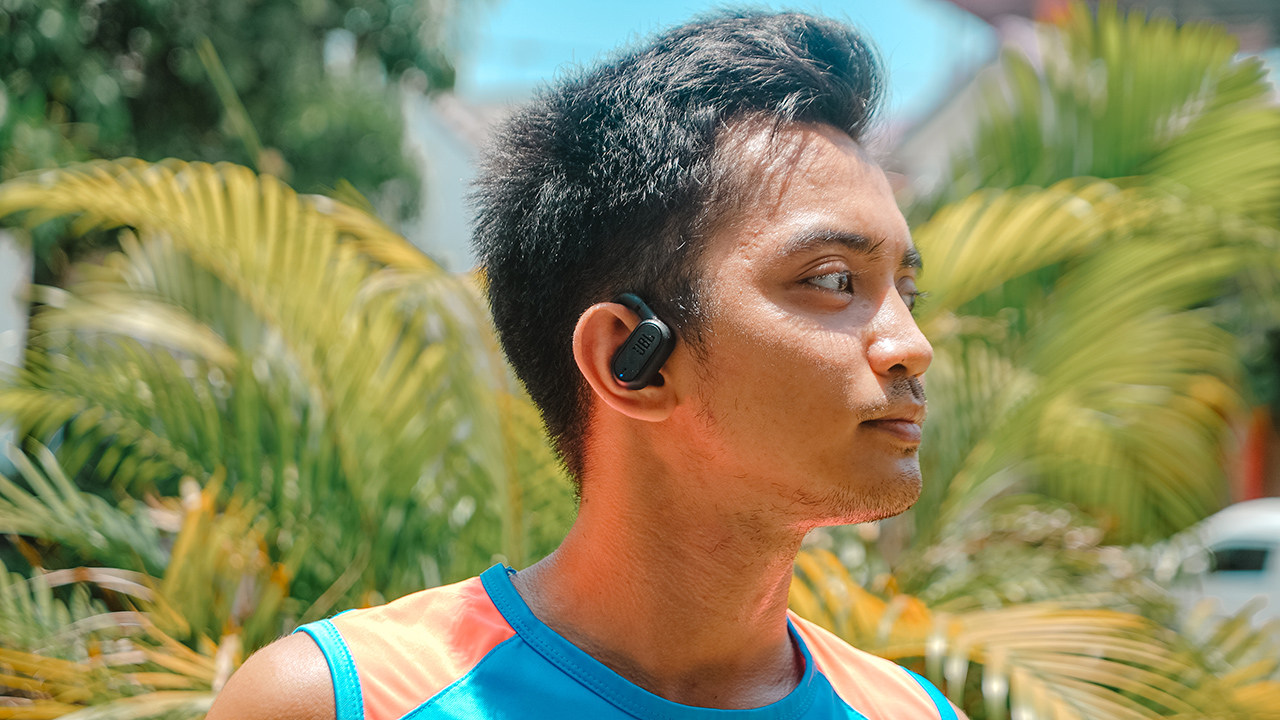
Running has been a form of meditation for most people. To some, it’s a time where your mind goes blank, allowing you to have a break from your stimulated mind.
For others, like yours truly, it’s a moment to sort out thoughts and emotions after having a preoccupied day. A common denominator between runners is doing the activity alone, accompanied only by their smartwatches, a hydration flask, and good music.
I’ve been using true wireless earbuds to accompany me on my runs, but the advent of JBL Soundgear Sense piqued my curiosity.
What is it like to use open-ear headphones when out for a run? To find the answers, I used the Soundgear Sense during my ongoing race season.
Take the long way home
As I put on mileage for my upcoming races, I have been required by my coach to add more slow runs to improve my aerobic base. That entails long, boring runs for an hour or two.
Imagine the agony of finishing a minimum of 10-kilometers by relying on your heart rate and not your pace. That was when I sought solace from the JBL Soundgear Sense.
I didn’t realize that having open-ear headphones would allow me to take on scenic and busy routes without worry that a car might hit me.
Unlike when I use true wireless earbuds that fit snugly in my ears, the Soundgear Sense are hooked and clipped on the curve of my ears without covering the ear canal.
This allowed me to hear my surroundings while still enjoying my favorite songs from Taylor Swift and BINI, a rising P-pop girl group.
Open but still private
Even if the Soundgear Sense has an open-ear design, rest assured that there’s zero sound leakage. JBL’s OpenSound technology made sure that the sound pressure is directed through waves towards the ears, while also reducing sound dispersion.
There’s a certain shame in having people find out whom you’re listening to. Maybe because you don’t intend to share the music you’re enjoying. But if you opt to share your jam, might as well have a Bluetooth speaker, right?
That’s why I liked the idea of keeping it open but still private — in relationships and my wearable. I get to enjoy “Pantropiko” and “Salamin, Salamin” by BINI all by lonesome, while still attuned to my surroundings.
It also helps that each earbud has a 16.2mm driver with a unique bass-enhancing algorithm. The sound allowed me to immerse myself in the songs I was playing, but still aware of the external noises of the streets. Somehow, the Soundgear Sense felt like a second, inner voice whispering thoughts through music.
Hybrid design for hybrid athletes
I don’t just run. I also lift on the same day right after running. Being a hybrid athlete allows me to prepare my body from the demands of multi-sports training and partaking on a Spartan race.
I like how the Soundgear Sense has a hybrid design that makes it apt for different type of workouts. Its adjustable earhooks are clipped perfectly, which doesn’t fall off even when I’m doing plyometrics. It’s also steadily in place even if I sprint and/or do some speed training.
Even when I’m heavily sweating, the Soundgear Sense didn’t slip off. With an IP54 rating, it’s dust-, splash-, and sweat-resistant.
Also, the way it’s designed is secured to fit on whatever activities you have, regardless of sweating. Except gymnastics and parkour, though.
The Soundgear Sense might fall off after you hang or flip from those extreme activities that require being suspended in the air.
For added security, there’s an included neckband inside the box. However, I hate having something dangling on my nape so I never used it.
Moreover, I couldn’t last more than an hour having it clipped even with a supposed hybrid design. It hurts my ears eventually, and I feel like someone was pinching my ears and I couldn’t do anything.
If I have runs for more than an hour, I’d opt not wearing both earbuds.
Easy connectivity
One thing I like about JBL is how easy it is to connect your wearables to your smartphones, be it an iPhone or an Android.
Once both devices are paired, flipping open the case will instantly connect the Soundgear Sense to your smartphone.
While running, I don’t have to constantly check my phone since the Soundgear Sense, along with my Garmin epix Pro (Gen 2), helps me stay connected. With just a single flick on the earbud, I can control my music, volume, and calls.
My friend, Betty, called me one time while I was out for an easy run and she barely realized I was running until I gasped for my breath when running on a steep incline. It’s convenient to have crisp and crystal-clear calls within your reach.
And to make it more convenient, the touch controls can be personalized to your liking. On the left earbud, it’s usually the volume control.
One tap and it increases the volume, while double tapping decreases it. When someone calls, you can double tap to respond or you can tap and hold to reject the call.
The right earbud uses the same call control, but it’s automatically set for playback control. You can switch earbuds depending on the gesture you prefer.
All of these customizations can be done using the My JBL Headphones app.
Definitely long lasting
I have had the Soundgear Sense for two weeks now, and both earbuds still have a half battery life from a single charge. As of writing, the left earbud still has 51% while the right earbud has 56%.
Thanks to its charging case, both earbuds keep recharging every time they’re stowed inside.
But if you’re wondering why the left earbud has a lower battery life, it’s not because I spend too much time watching adult-rated content.
A lot of times, I run with just the left earbud clipped on my ear to stay alert from my surroundings. Even with OpenSound technology, I tend to get lost in the music I’m listening to whenever I have both earbuds hooked.
Considering I’ve amassed more than 70km of running mileage for two weeks with almost 10 hours of running, the Soundgear Sense surprised me with its battery life.
I haven’t charged it since then, which made me wonder how fast it would really be, if I get to drain it down to zero and juice it back up to 100. Perhaps, stay tuned on my Instagram and TikTok accounts?
The Soundgear Sense is expected to let you listen wirelessly for up to 6 hours. You get an extended life of another 18 hours through the charging case. A quick 15-minute charge through the Type-C port gives an additional 4 hours of music.
Is this your GadgetMatch?
For an athlete, the JBL Soundgear Sense surely makes every run magical. The design and technology were innovated with runners in mind. The device integrates seamlessly to any type of active lifestyle.
It will boil down to preference, whether you enjoy an open-ear design clipped onto your ears or you’d enjoy an earbud blocking your ear canal.
As for me, I think I’ll switch and pick the Soundgear Sense to accompany me in my race season. It helps me immerse myself in good music, stay connected, while keeping me attuned to my surroundings. This ensures my safety when out for a run.
It’s easily a GadgetMatch for all types of athletes dedicated to fulfilling their training assignments. It’s also for fitness enthusiasts entering their “runnerist” era.
The JBL Soundgear Sense retails for PhP 9,499. It is available via JBL’s website and select, authorized retailers.
-

 Events2 weeks ago
Events2 weeks agoStellar Blade: PlayStation taps cosplayers to play Eve for game’s launch
-

 Features1 week ago
Features1 week agoFortify your home office or business setup with these devices
-

 Gaming2 weeks ago
Gaming2 weeks agoThe Rogue Prince of Persia looks like an ultra-colorful roguelite
-

 Accessories2 weeks ago
Accessories2 weeks agoLogitech unveils G Pro X 60 gaming keyboard: Price, details
-

 Reviews1 week ago
Reviews1 week agorealme 12+ 5G review: One month later
-

 Gaming2 weeks ago
Gaming2 weeks agoLenovo confirms development of a Legion Go 2
-

 Deals2 weeks ago
Deals2 weeks agoTCL P635 TV: Big savings for TCL’s anniversary
-

 Gaming1 week ago
Gaming1 week agoNew PUMA collection lets you wear PlayStation’s iconic symbols

